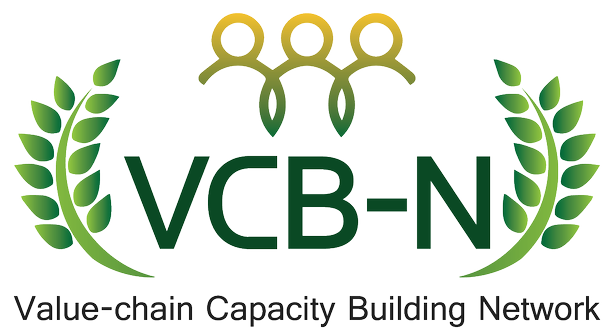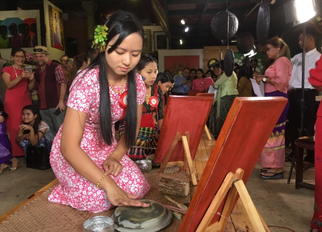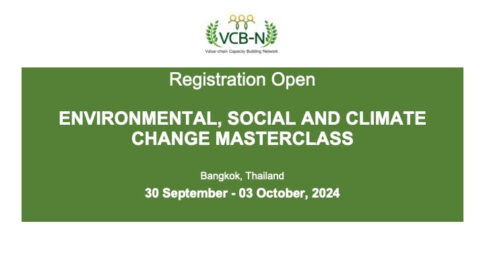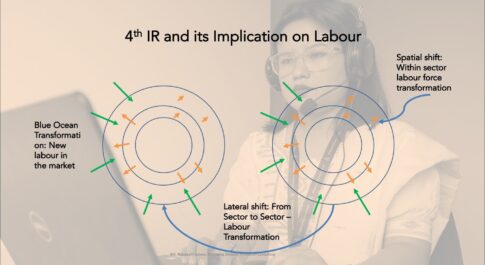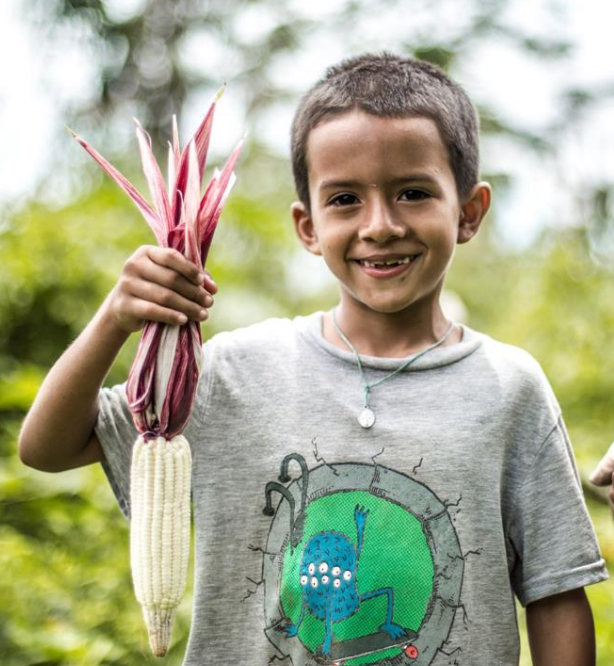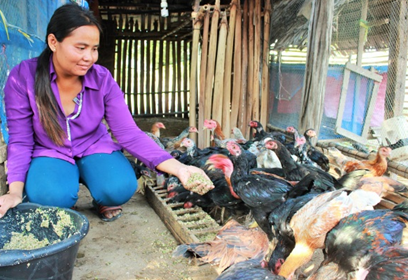
Good practice
Chicken Raising: Improving Livelihood and Living Conditions of Poor and Landless Farmers
The following good practice is conducted by Cheattho Prak, for the Project: Tonle Sap Poverty Reduction and Smallholder Development Project (TSSD) in Cambodia. The case study was selected and presented in Mekong Knowledge and Learning Fair (IFAD) by representative from Cambodia.

Background
In rural Cambodia where people’s livelihoods are dependent on agriculture, the poverty incidence remains relatively high. Female-headed, poor, and landless households are the most vulnerable. More than half of all rural Cambodian households keep poultry. Local bird breeds are the highest in demand in the local market, especially during festivals and celebrations.
The problem has been a high mortality rate for the chickens due to diseases particularly starting in March until May. The lose between 5% to 7% is considered as normal. One contributing issue is the rarity for the farmers to use veterinary services and vaccines. In some cases, the local villagers have given up the production of backyard chicken farming which then makes it difficult for them to believe this can be an important source of income.
Poultry production is a profitable part of a diversified rural farming system. Typical rural households consume about 154 grams of poultry meat and 5 to 11 eggs per week on average. With this demand, poultry farming can be an important source of nutrition and cash revenue for low-income households. It is often the women who accrue most of this income which allows them to cover household expenses, education, re-investments, repairs, medicines, clothes, shoes and additional grocery items at shops and markets.
The efforts to revitalize the backyard chicken industry by many other projects to promote poultry production has been in very conventional ways. The comprehensive chicken production initiative by IFAD is different. Specifically targeting the poorest, landless and female-headed households it was made suitable for those who only have homestead land. The initiative used a private livestock specialist, Green Innovet Cam (GIC), who trained farmers on improved chicken raising practices and techniques, including vaccination, animal health, and feed making. GIC worked to build up the education of local small entrepreneur who later became hatchers and suppliers of chicks to the villagers. The initiative also taught farmers to raise the chickens in enclosed spaces to prevent and control diseases, and that the materials for those enclosures were sourced locally and were affordable.
Innovations / Good Practices
This chick incubator business model has been introduced successfully with IFAD funded project, Tonle Sap Poverty Reduction and Smallholder Development (TSSD). The project is co-financing between IFAD and ADB and may benefit up to 505,000 households around Tonle Sap area. The model includes: (i) setting up the chick production enterprise, (ii) setting up the chicken fattening group; (iii) linking the chicken fattening group to chick production unit; and finally, (iv) building the chick production unit to become an extension of the chicken fattening group.
Impact
The TSSD project initiative began in 2010 and successfully concluded in 2016. The project is now extended to 2023 to scale up the success of micro-enterprise development for chicken and poultry farming and production.
A total 29,512 households have benefited from the project in one way or another. At the time of the project evaluation in 2016 there were 10,456 households engaged in the comprehensive chicken production initiative. This represents 35.4% of the total households that benefited from the project. Of these households 81% were the targeted vulnerable households – the poor, landless and female headed families.
The number of households getting involved in this chicken production initiative kept increasing over the course of the project and that trend has continued. Households that were involved in the initiative were moving out of poverty and experiencing increased incomes. The majority of the households also have expanded their production and have used the money from the sales to send their children, including girls, to schools and universities.
Chicken farm did help Mme. Mom to send her daughter to college.
Mme. Mom is a widow, who was also an orphan and has two children, including a mentally ill son. She and her daughter participated in the initiative and with the yearly sales of her chickens, she was able to send her to an agricultural college for her bachelor’s degree and is now working for a rubber plantation company.
Through both direct and indirect support provided in order to demonstrate and distribute information to farmers, a number of positive changes and improvements have been observed including, (1) that more than 80% of the chicken farmers are becoming successful as the mortality rate of chickens has decreased significantly, (2) farmer’s migration also decreased and has completely stopped in some cases, (3) there has been a decline in food shortages among farmers and increased household nutrition and food security, (4) the rate of domestic violence have decreased among men and women, and finally (6) with the support from IFAD most of the poor farmers have elevated their income level and some have made it out of poverty.
Facilitating Factors / Challenges
Early on there was skepticism among the farmers and the Government counterpart institutions. Farmers wanted to do everything in their production chain from hatching, to fattening, and to selling. That model was tried and piloted simultaneously alongside the cooperative specialization model with two specialties: chick hatching and supply, and chicken fattening. It proved that cooperative specialization worked best.
Recommendations
Given to this success, the ADB and the Government have extended the project into second phase and scaled it up to more provinces. In addition, based on this experience, the Government has considered incorporating and promoting the so-called PPPP (Public-Private-Producers Partnership) in its forthcoming Agricultural Master Plan 2030.
You may want to read
